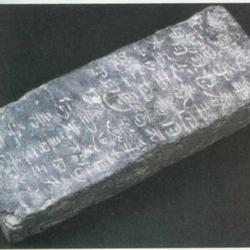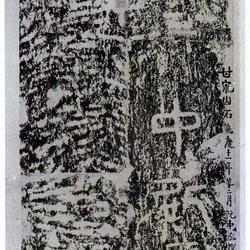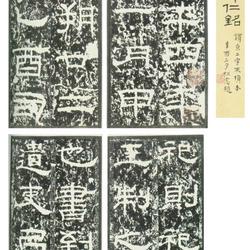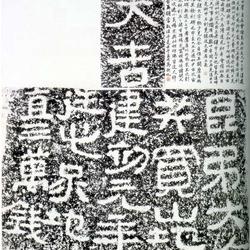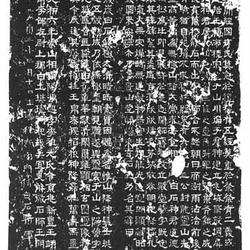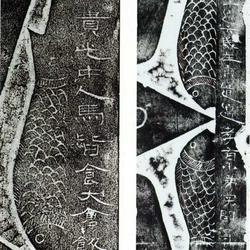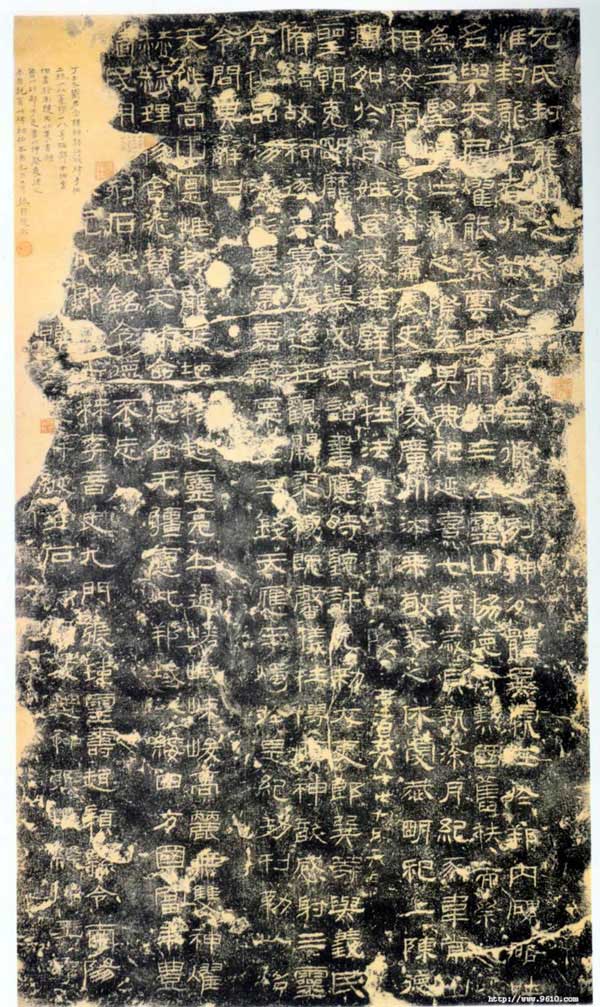
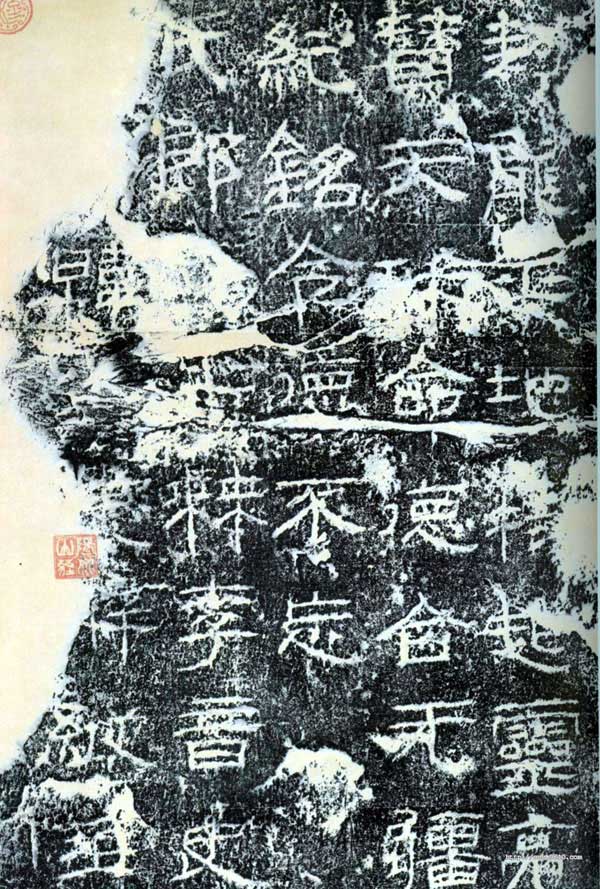
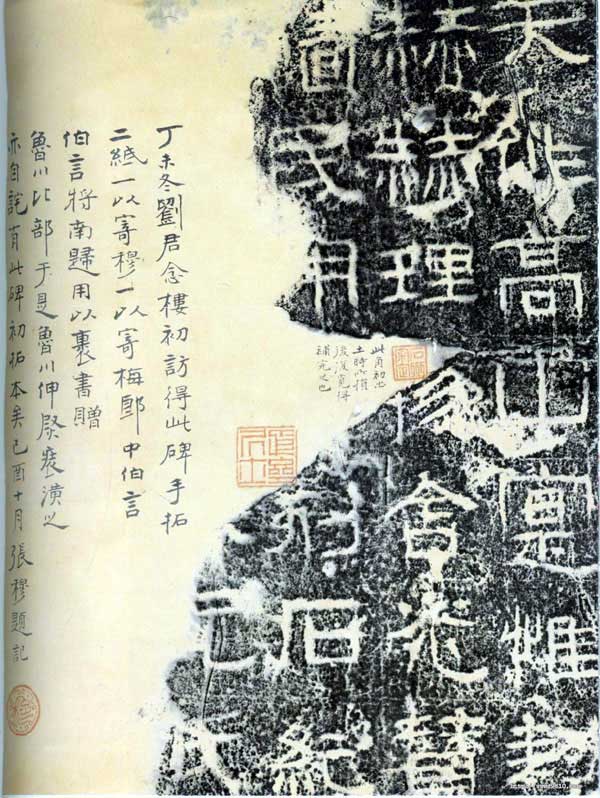
"Ode to Fenglong Mountain", also known as "Fenglong Mountain Stele", was established in October of the seventh year of Yanxi in the Eastern Han Dynasty (AD 164). The original monument is located at the foot of the northwest village of Yuanshi County, Hebei Province. In the 27th year of Daoguang reign of the Qing Dynasty (1847), Liu Baonan, the magistrate of Yuanshi County, visited it and moved it to Wenqing Academy in the city. Official script, fifteen lines, twenty-six characters.
This is a Han stele that is very similar to "Ode to the Stone Gate" and "Yang Huai Biao Ji" in its writing style. It has a round center, restrained yet unrestrained edge, and is very interesting in seal script. Therefore, it prominently displays the beauty of broadness, boldness, and majesty. Yang Shoujing said in "Pingbei Zhong": "The Han Dynasty officials have no greater courage than this."
"Ode to Fenglong Mountain", also known as "Fenglong Mountain Stele", was erected in the seventh year of Yanxi reign of the Eastern Han Dynasty (AD 164) to worship the gods of the mountain. In the Qing Dynasty, this stele was broken into three parts during the move. The rubbings before the break are now very rare.
"Ode to Fenglong Mountain" is also very distinctive in structure. Most of the characters are long and have a high center of gravity. The lower half is sometimes spread out, and the left and right corners are sometimes offset. In addition, the use of horizontal drawings or upward slanting , or inclined downward, thus forming a vivid brushwork that is ordinary but surprising, stable but dangerous. The beauty lies in intentionality and unintentional.
The strokes of "Ode to Fenglong Mountain" are rounded like "Ode to Shimen", but the shape is square and stiffer; the strokes are thin, hard and steep like "Ode to Ritual Vessels", but simpler, thicker and smoother. So it has the beauty of both and has its own unique style.
For information, please refer to "Appreciation of Masterpieces of Calligraphy in Past Dynasties" by Huang Dun, Zhuang Xizu, Liu Shi and others (Jiangsu Fine Arts Publishing House)

